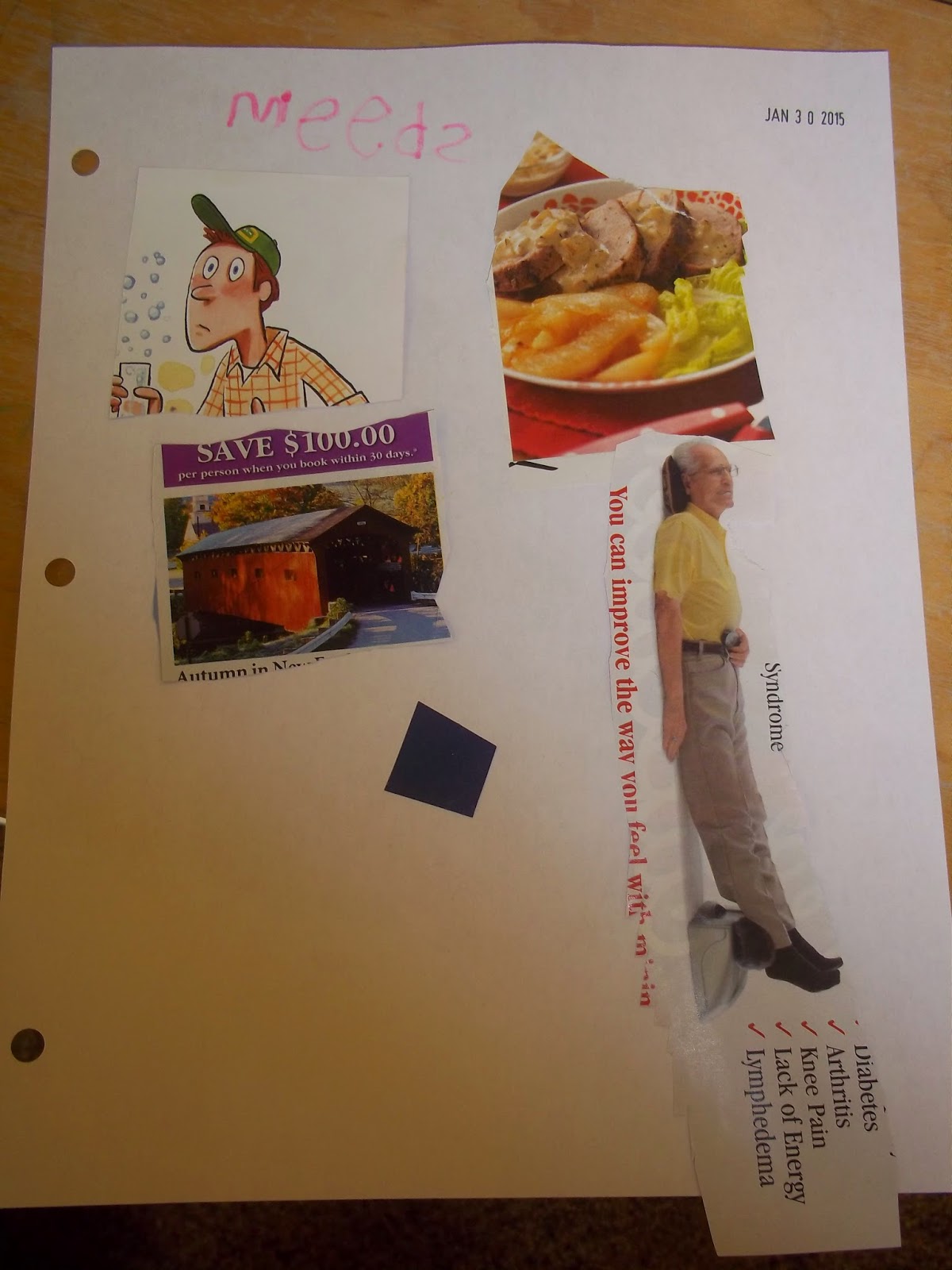Lately, we have been learning how and why it is important to take care of our teeth! After reading many books and watching some short videos, we came up with ways to keep our teeth healthy.
We need to:
- Brush our teeth two times a day
- Floss our teeth once a day
- Visit the dentist
- Eat lots of healthy foods
- Do not eat too many treats
- Drink milk or water
- Wear a mouth guard when playing sports
- Replace our toothbrush often
- Do not chew on hard items such as markers, toys, etc.
Last week, we did another fun experiment together! Ms. Petersen had four hard-boiled eggs. These hard-boiled eggs represented our teeth! We put each egg in a different kind of liquid.
Here were some of our predictions:
Water
|
- The egg might break
- Might turn brown
|
Milk
|
- Might break into two pieces
- Egg might disappear
|
Vinegar
|
- The bubbles will explode
- There will be no more bubbles
|
Pop
|
- Egg might turn different shades of brown and black
|
After we waited two sleeps, we took the eggs out of the liquids. We are getting so good at observing and noticing all kinds of different things during our experiments!
Here were some of our observations:
Water
|
- There was a little bit of brown on the egg but mostly white
- Pretty strong
- It was shiny
|
Milk
|
- Very strong
- White in colour
- Did not break
- It was shiny
|
Vinegar
|
- The bubbles stayed on the egg
- The shell disappeared and the egg was soft
- White in colour
|
Pop
|
- Turned brown
- We couldn’t brush off the brown with a toothbrush
|
Then we had to choose 2 of the experiments to draw on our recording sheet. Notice how we used our best listening ears to hear the sound of the words! Then we had to describe to Ms. Petersen what would happen to our own teeth if we drank that particular kind of liquid. Since we have started doing experiments in our classroom, we are starting to apply our new-found knowledge to our world around us.
Ask me what will happen to my teeth if I drink one of the above liquids!





















